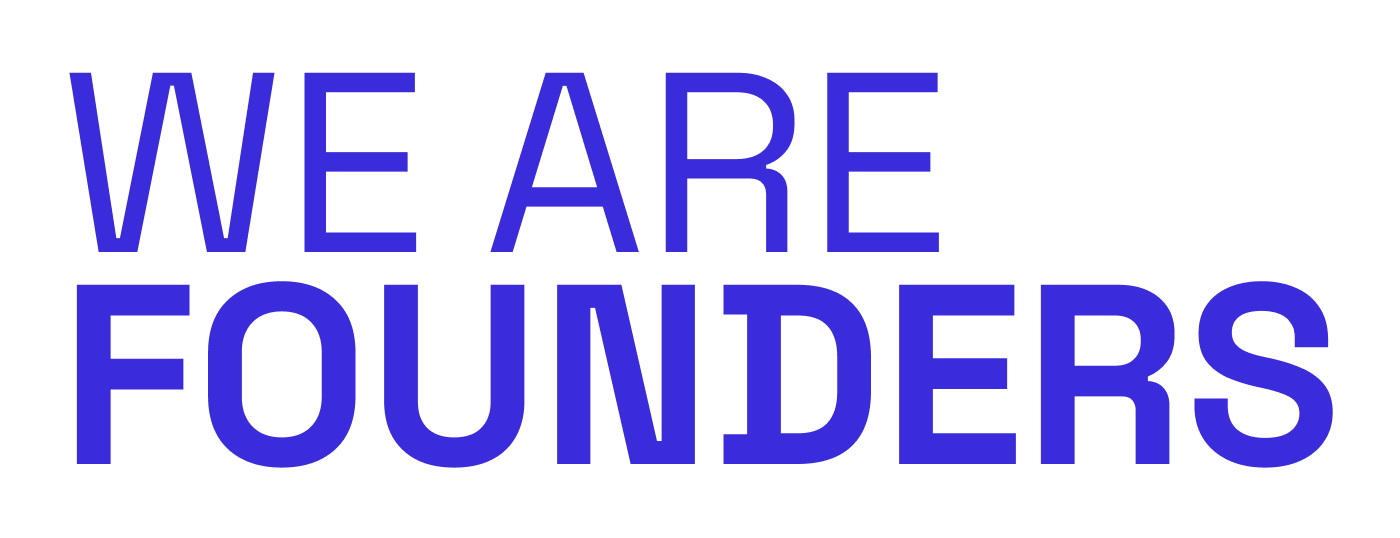In the ancient era when design dinosaurs like Adobe's Creative Suite roamed the desktops, designers were shackled to their local machines like serfs bound to the land.
Their pixels and vectors were landlocked prisoners, unable to collaborate freely.
But then came the spark of a revolution - first a fuse lit by Dropbox and Google Drive, allowing files to take refuge in the cloud away from desktop tyranny. This was only the beginning, but it was Figma that landed the decisive blow, empowering designers to jointly create and iterate on designs across the open internet.
Entrepreneurs today can learn powerful lessons from the meteoric rise of collaborative tools like Figma and Loom.
By prioritising user engagement, frictionless sharing capabilities, and incentivising viral growth loops, these products were able to cultivate potent network effects that allowed them to spread rapidly and disrupt established industry giants.
The key takeaways revolve around rethinking business models, specifically, product-led growth dynamics like demon virality, enabling cross-side collaboration, gamifying sharing, and optimising platforms for organic diffusion from the ground up.
Let's explore how these tools leveraged such strategies to unlock explosive adoption.
Figma's Engagement Force Multipliers
At the heart of Figma's prowess lay not just cloud-based editing, but engagement dynamics that fired up viral growth:
- Need a colleague's input on your dashboard mockup? A single shared link pulls them into Figma's unified design bunker.
- Time for the creative director's to review your work? Grant access with one shareable link.
- Ready to shock and awe with your newly minted dashboard masterpiece? Parade it in front of the entire company via... you guessed it, a Figma link.
One link fired, multiple people brought into the Figma fold. Its engagement model is like a hot virus replicating across organisations.

But Figma's contagion hasn't stopped (and likely won't stop) with just the design team. By integrating comment streams directly into editing canvases, stakeholders from all over the org can seamlessly rally around a single shared link:
- Devs: "This will require a Herculean code siege"
- PMs: "We need more pie charts, more pie charts!"
- Clients: "Your colour palettes are a war crime"
Across multiple projects, Figma links allowed entire teams of stakeholders to collaborate within Figma's cloud-based design environment. Nobody is left out. Chris has already written about how Figma are gunning for more than just the design industry.
Before long, Figma's reach extended to entire industries as agencies utilised it for screening tests, templates, blog content, and other promotional materials.
Figma had achieved widespread adoption by providing a platform for truly collaborative design, rather than just software for creating designs. Its engagement capabilities were maximised at all levels: direct team collaboration, cross-functional stakeholder involvement, and industry-wide exposure.
Other design tools should take note: It is the platform's ability to facilitate engagement and collaboration, not individual software features, that is disrupting incumbent tools.
Capitalising on Demonstrating Value
At a design agency I currently work with, our creative director shares video critiques evaluating designer candidates' test submissions...using Loom.
By having shareable screencasts as its core functionality, Loom has (perhaps) inadvertently tapped into the powerful growth mechanism of demonstrating its value with each use.
It doesn't require word-of-mouth - each shared video IS the promotion.
Unlike fickle referral programs, this demonstration of value is an organic, persistent growth driver baked into customer use cases. Each Loom video shared exposes new potential users.
By definition, every video both engages the existing user while exposing the product to new viewers. A self-perpetuating cycle of demand generation - all Loom needs to do is ensure their branding is prominent after each share to plant the seeds of interest.

Not leaving any growth opportunity untapped, Loom incentivises further sharing through gamified referral rewards, creating bursts of highly-motivated word-of-mouth to complement the organic demonstration demand.
The lesson is clear: Bake opportunities to demonstrate your product's value into core use cases, while layering on incentives to maximise referral momentum. Persistently cultivate ways for your product to promote itself.
Whether it's capitalising on collaborative engagement like Figma or amplifying demonstrations of value like Loom, the playbook for product-led growth is being rewritten. Those who can infuse their platforms with such dynamics will be the disruptors.



